Case 3: How to create cool illustrations? Online course for teens

Summary
- Course: Illustration: from the very beginning.
- My role: Learning and Development Specialist
- Company: Ampli, educational teen accelerator
- Target audience: parents with children, 11 to 16 y.o. living in CIS countries, mostly in Ukraine; double TA: student is a teenager, the main decision maker in most cases the parent, cause he pays; but sometimes, a teen made decision to study here or not
- Duration: 19 months divided into 3 stages: 6+9+4 months
- Format: blended
- Experts: Illustrator, active practising specialist in the art sphere and design; psychologist/coach with 5+ years of experience; 10-12 experts, who validated the program;
- Webinars: 3 online Q&As with cases to analyse for pure online courses
- Lessons: video + tests + task for parent + practice with kid + article (optional)
Project timeline
Stage 1. Analyse & Develop
- Length: 2 weeks
- Result: Gantt diagram of the project
For this specific course I have started research not from the target audience, as usually, but from the area research and peer-to-peers with the illustrators starting from 18 to 30 y.o. My main goal was to analyse their experience starting from the childhood to the current professional level. In result, I have formed a list of 40 experts around the world with 15 of them I had online chats and with 5 we met to share their stories. Eight of them have participated in an online focus-group (in skype); I moderated — they answered and discussed. It all gave me a pic of the character and type for an illustrator to be and what are the most vital things the person needs to have and what can be added and learnt throughout the client working experience. I have also done many surveys with current Ampli students to get the reasons and interests to develop themselves in design, illustration particularly. I have found out much there too. Something about how they do not differ graphic design and illustration; how they imagine the illustrator work routine; what they know about it at all; and what their parents think about it such as “you cannot earn much by drawing” or “art should be as a hobby in your life”, etc. Then, all the info I collected, I mix, analyse and find crossing points that are the keys to the format finalization and demand for the TA forming.
For this case I proposed two formats by using some materials in both to optimize the money spent on content making. So, I have created the Gantt planning with all stages mentioned by period and result on each. This is how it looked like.
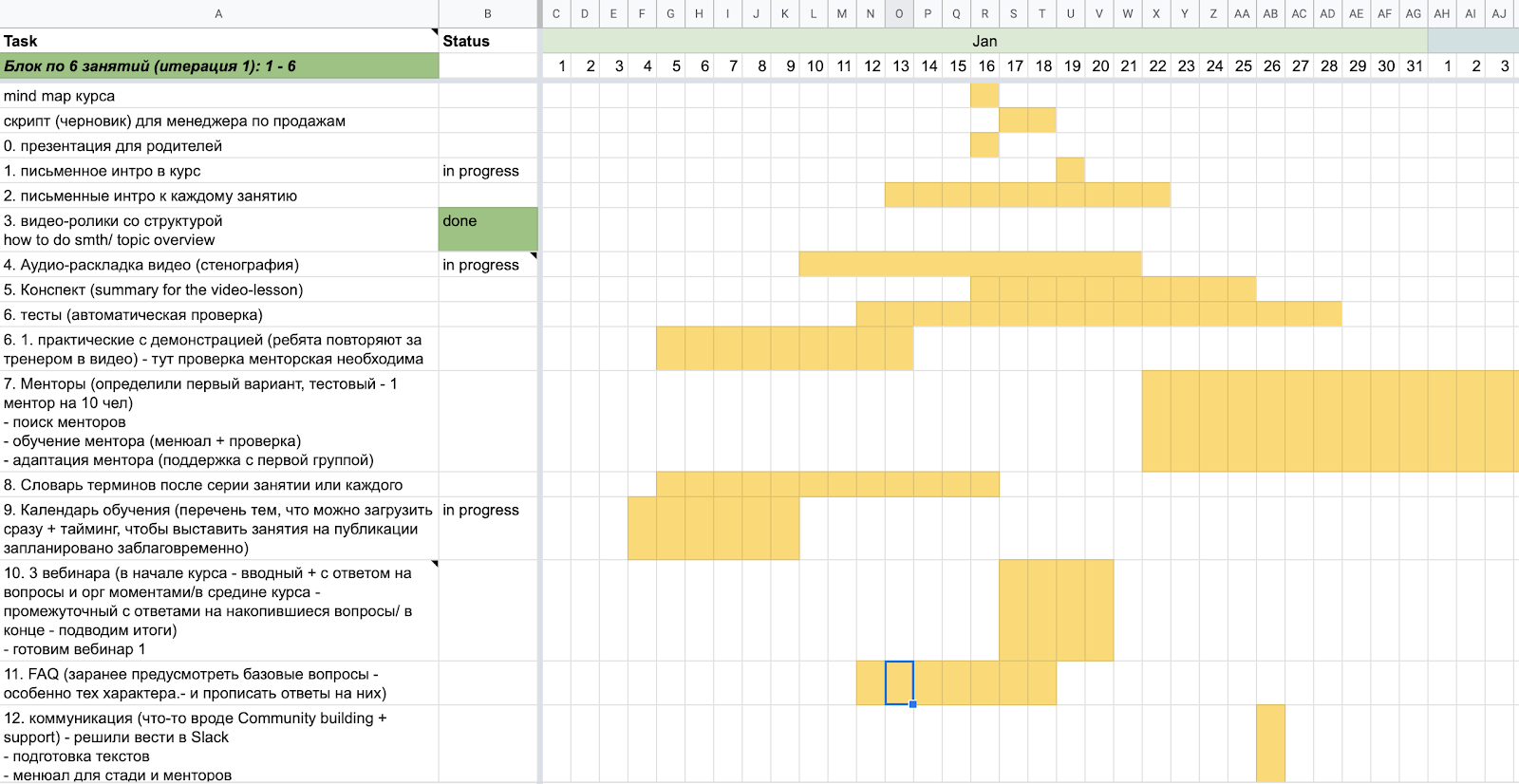
Stage 2. Content Formation + Design
- Length: 7 months
- Result: Created and formed content for blended learning 9-month-course
For this project we have chosen a blended edu method. Client has an offline space to study on weekends, so we thought to integrate more tasks using LMS. We have chosen Moodle for this purpose and created videos. So, I have organised the info throughout the course based on flipped classroom. On Tuesdays teens got the online part to dig into the week topic by themselves. Then, on Saturdays, they investigated more info about the object in focus with a tutor offline.
Online compound
Videos. 20 (beginner level) + 32 (advanced) videos have created: planned, filmed,edited

Info sources. There were about 18 books integrated and more than 100 articles collected for tasks for students for online part only
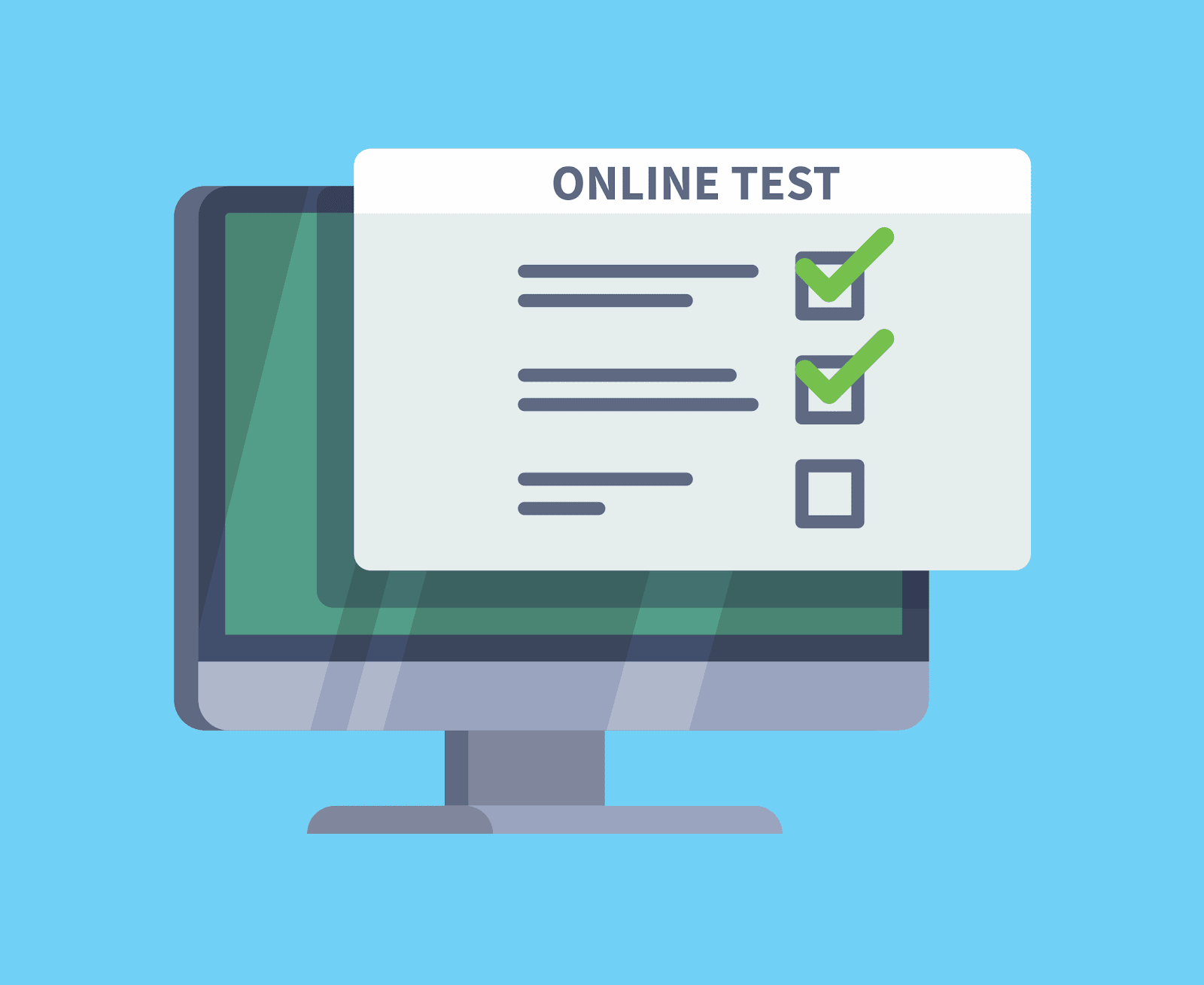
Tests. More than 40 sets of tests for control student success as well as an information storage tool created
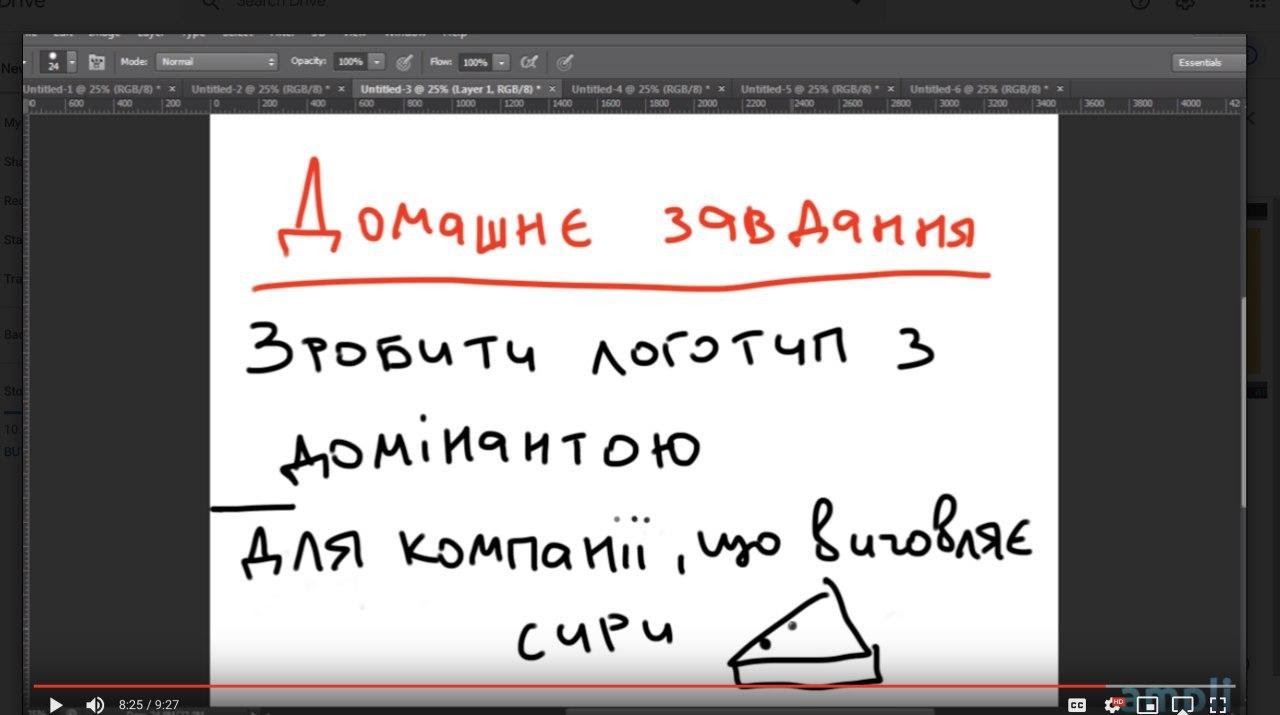
Practical tasks. About 80 practical tasks written, found and formed in an edu “shape”
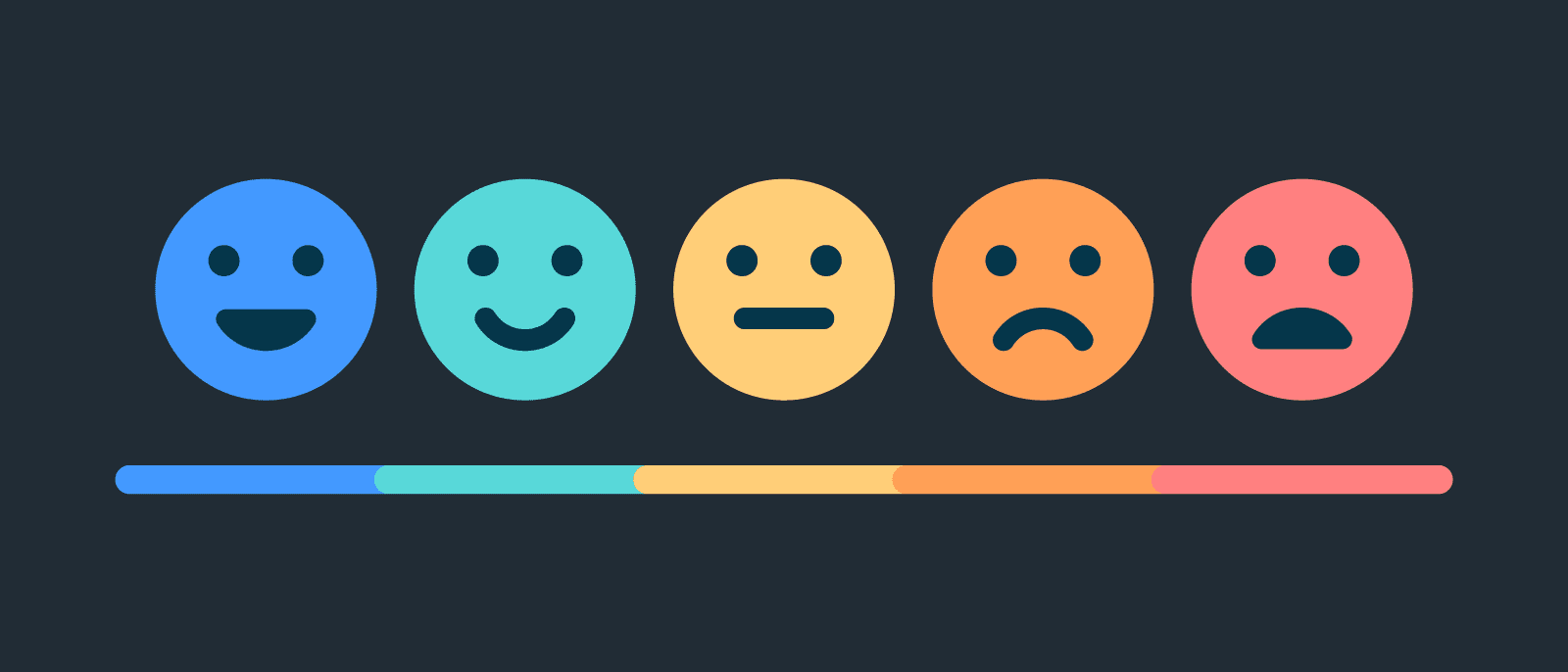
Feedback forms. About 15 forms had been created and integrated into the edu process to collect the info about student impressions as well as NPS on different program stages
Offline compound
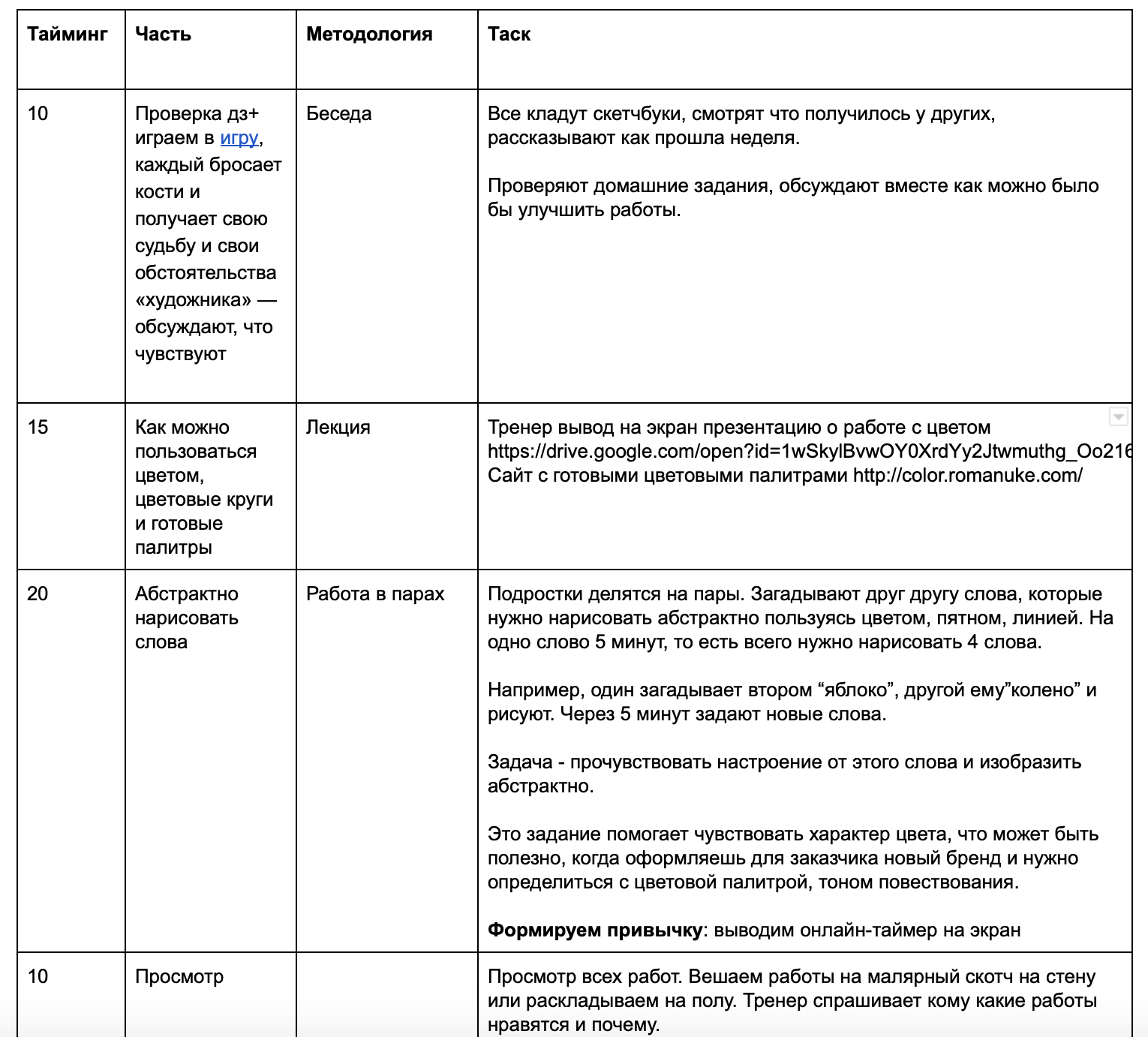
Lesson plan. As a written script for tutor with the aim of the lesson and materials needed. 56 scripts for tutors written for beginner and advanced levels.
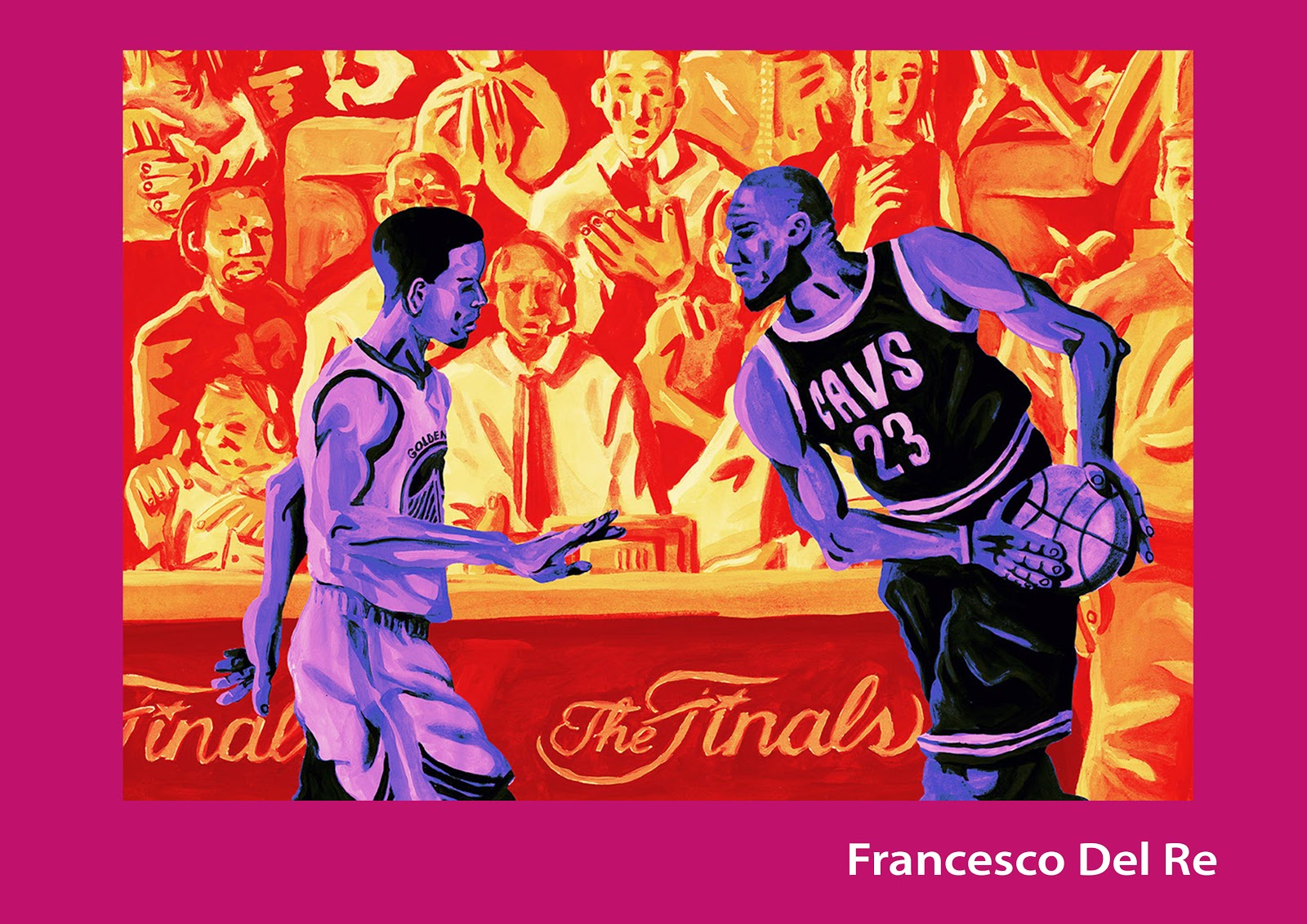
Pictures and Presentations. About 100 illustration collected and formed into around 20 presentations for tutors to demonstrate on offline lessons

Tasks and lesson formats. More than 120 tasks collected and about 400 reviewed; about 8 different methods of lesson building has been integrated into the edu program

Guest lecturers. 12 guest lectures organised and about 30 experts took part
Stage 3. Adaptation
- Length: 6 months
- Result: Formed a table with a feedback to collect and improvements to make + made the improvement on spot
I maintained the course throughout the 6 months. At the same time I was creating a program for advanced level and was searching for tutors too. So, once I have finished most of the course for beginners, the project has already started 2 new groups for studying and made the program adaptation on. I have created a table, so the whole team could fill it with their comments. I also have visited the lessons and gave comments in our chat with a group manager and tutor. We discussed the script before as well as after the lesson. Important to mention, because 2 groups had started at the same time, I had an opportunity to compare their results and take the average or make changes on the analysis of more than one-group patterns. That made the adaptation process more objective.